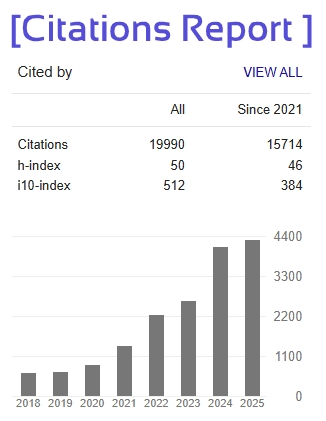- Version
- Download 93
- File Size 336.49 KB
- File Count 1
- Create Date 30/05/2025
- Last Updated 30/05/2025
Gendered Trauma and the silencing of Women in Pinjar by Amrita Primtam’s Pinjar
Vansh Wadhawan
Dr Ayush Vatsa
UG Dissertation
10 May 2025
Abstract
In 1947, the Partition of India was not only a territorial and political split but also inflicted great emotional and psychological scars on its people. It tore apart communities, dismantled local economies, and left behind one of the largest mass migrations in human history. It imposed unbearable suffering, shattered families, and indelible trauma—on women in particularly devastating ways. But women's experiences have been pushed to the margins of dominant histories. As Urvashi Butalia says, "the voices of women, the ways in which they remember and recount Partition, were often marginal or silenced altogether" (103). Such silencing acts to promote the gendered nature of violence and memory during Partition. Amrita Pritam's Pinjar (The Skeleton) beautifully addresses this erasure in Puro, a Hindu woman kidnapped and displaced in the chaos, whose personal trauma is made to symbolize the mass suffering endured by thousands of women.
This essay situates Pinjar among Partition literature, which differs significantly from male-authored narratives that rely on depictions of political and communal violence. Pritam, rather than mirroring these portrayals, focuses on domestic and bodily spaces where women experienced the violence of Partition more intensely and insidiously. Puro's abduction by Rashid is symbolic of how women's bodies were politicized—that is, as sites of communal honor and objects of religious vengeance. As Ritu Menon and Kamla Bhasin explain, “women’s sexuality became a sign through which community boundaries were preserved and defended” (Menon and Bhasin 45). Pritam’s narrative reclaims these silenced spaces, portraying the trauma not merely as historical fact but as lived, gendered experience.
Employing feminist literary theory and the study of trauma, the essay examines Puro's psychological collapse, social disconnection, and loss of agency. Her silences—literal and symbolic—reflect the double erasure of feminine subjectivity at Partition. As Mithu Banerjee Raj notes, “Puro’s silence becomes the narrative’s most haunting articulation of trauma—an absence that speaks” (Raj 52). Even when offered the chance to reconstitute her natal family connection, Puro declines, suggesting an embracing of her broken self and the impossibility of return to a world that no longer includes her. This aligns with Cathy Caruth’s argument that trauma is not simply the experience of suffering, but “the confrontation with an event that... is not fully assimilated as it occurs” (Caruth 4).
Pritam's use of narrative silence, inner emotion, and symbolic resistance transforms Pinjar into a counter-history, in addition to being a testimonial. Puro's final act of staying with Rashid and assisting women in prison reconfigures her self as both a survivor and a silent resistor. As Ritu Menon and Kamla Bhasin observe, “resistance was not always overt; survival itself was a form of resistance” (Menon and Bhasin 90).
Ultimately, then, Pinjar is a powerful feminist retelling of Partition, bearing witness to subaltern suffering and confirming literature's ability to recover and authenticate repressed histories. Gayatri Chakravorty Spivak asks, “Can the subaltern speak?”—and in Pinjar, Pritam answers not with a voice, but with presence and action that speak through silence (Spivak 308).







